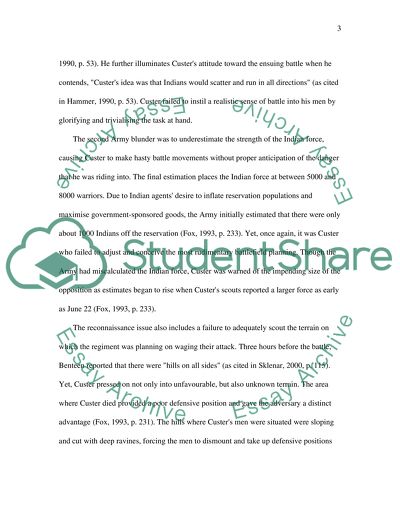Cite this document
(“Battle of Little Bighorn Essay Example | Topics and Well Written Essays - 1500 words”, n.d.)
Retrieved from https://studentshare.org/history/1502202-battle-of-little-bighorn
Retrieved from https://studentshare.org/history/1502202-battle-of-little-bighorn
(Battle of Little Bighorn Essay Example | Topics and Well Written Essays - 1500 Words)
https://studentshare.org/history/1502202-battle-of-little-bighorn.
https://studentshare.org/history/1502202-battle-of-little-bighorn.
“Battle of Little Bighorn Essay Example | Topics and Well Written Essays - 1500 Words”, n.d. https://studentshare.org/history/1502202-battle-of-little-bighorn.


